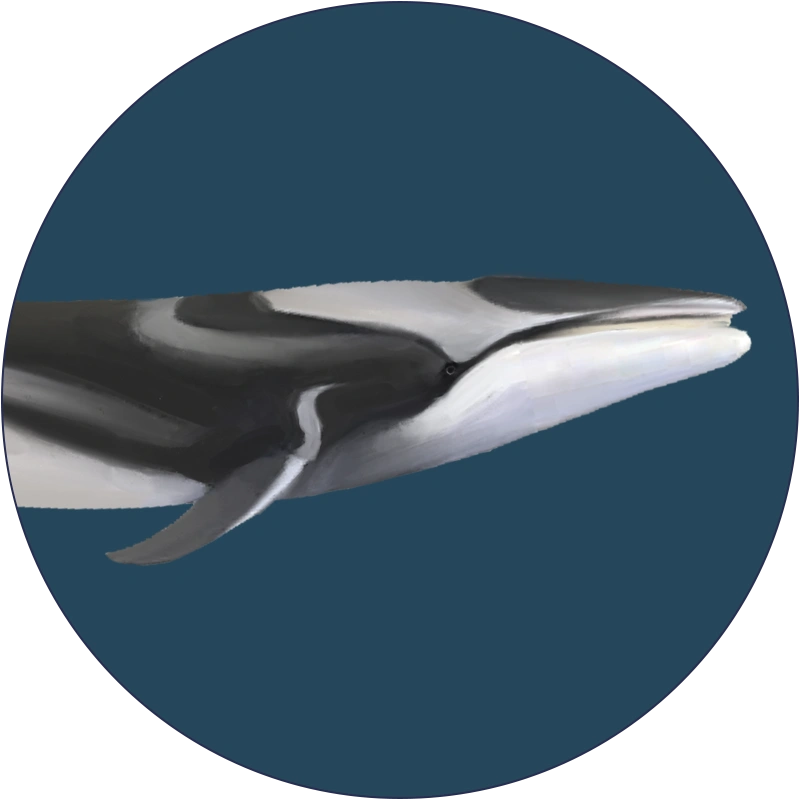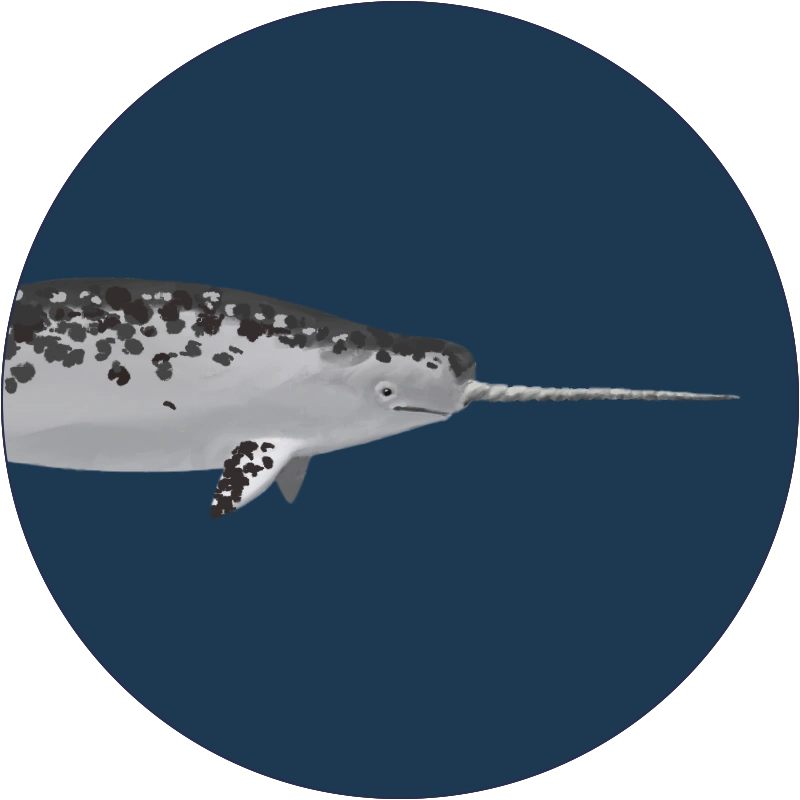The Animals
Discover the diverse and captivating marine life of Qeqertarsuaq, where the icy waters of Disko Bay are home to an array of remarkable Arctic animals.
The bowhead whale is a true arctic whale species residing in the Arctic the whole year around. Disko Bay is an important aggregation site for these large baleen whales where they gather in hundreds from January through May. The bowhead whale holds immense cultural value in Greenland and is also the symbol animal of the town Qeqertarsuaq.
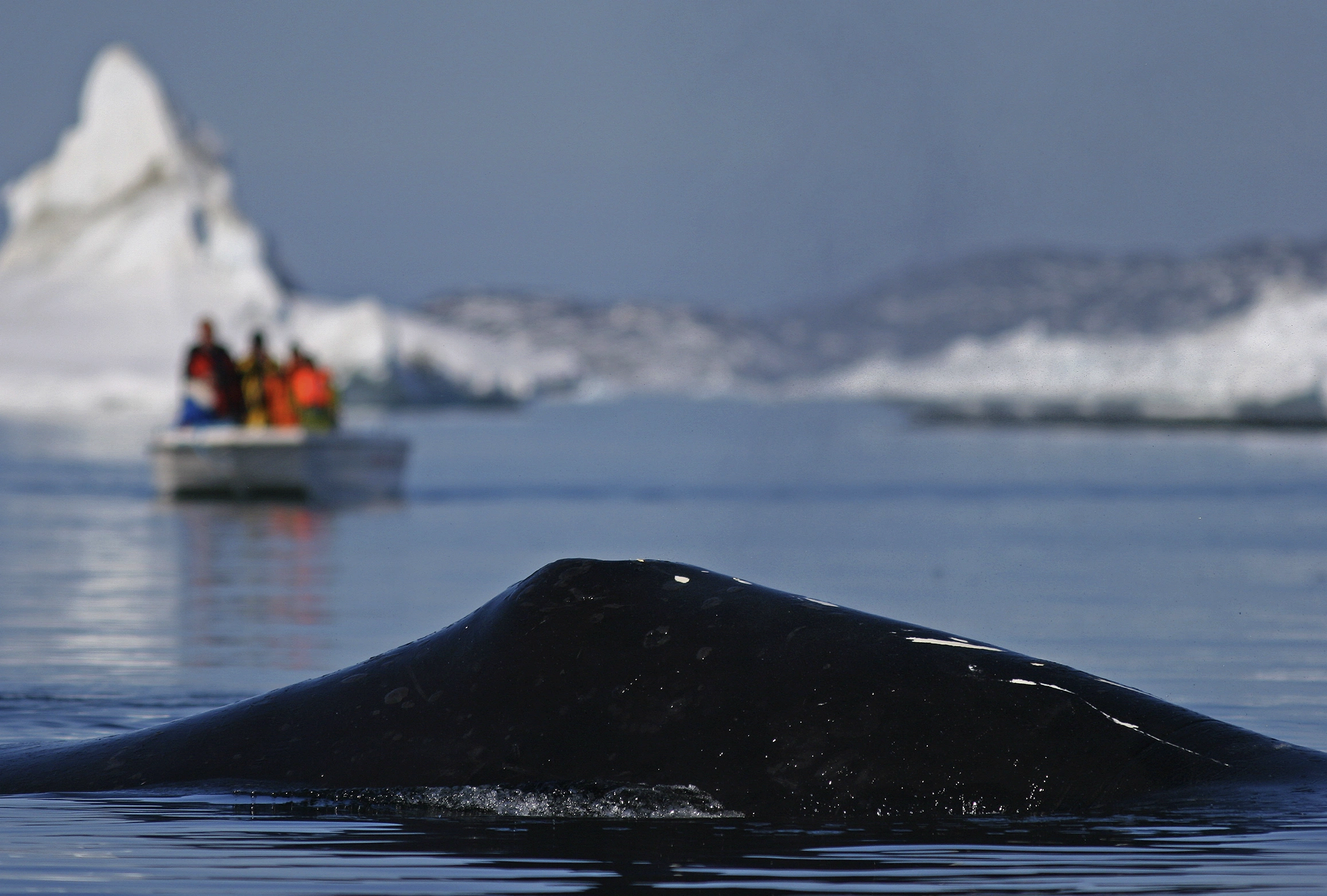
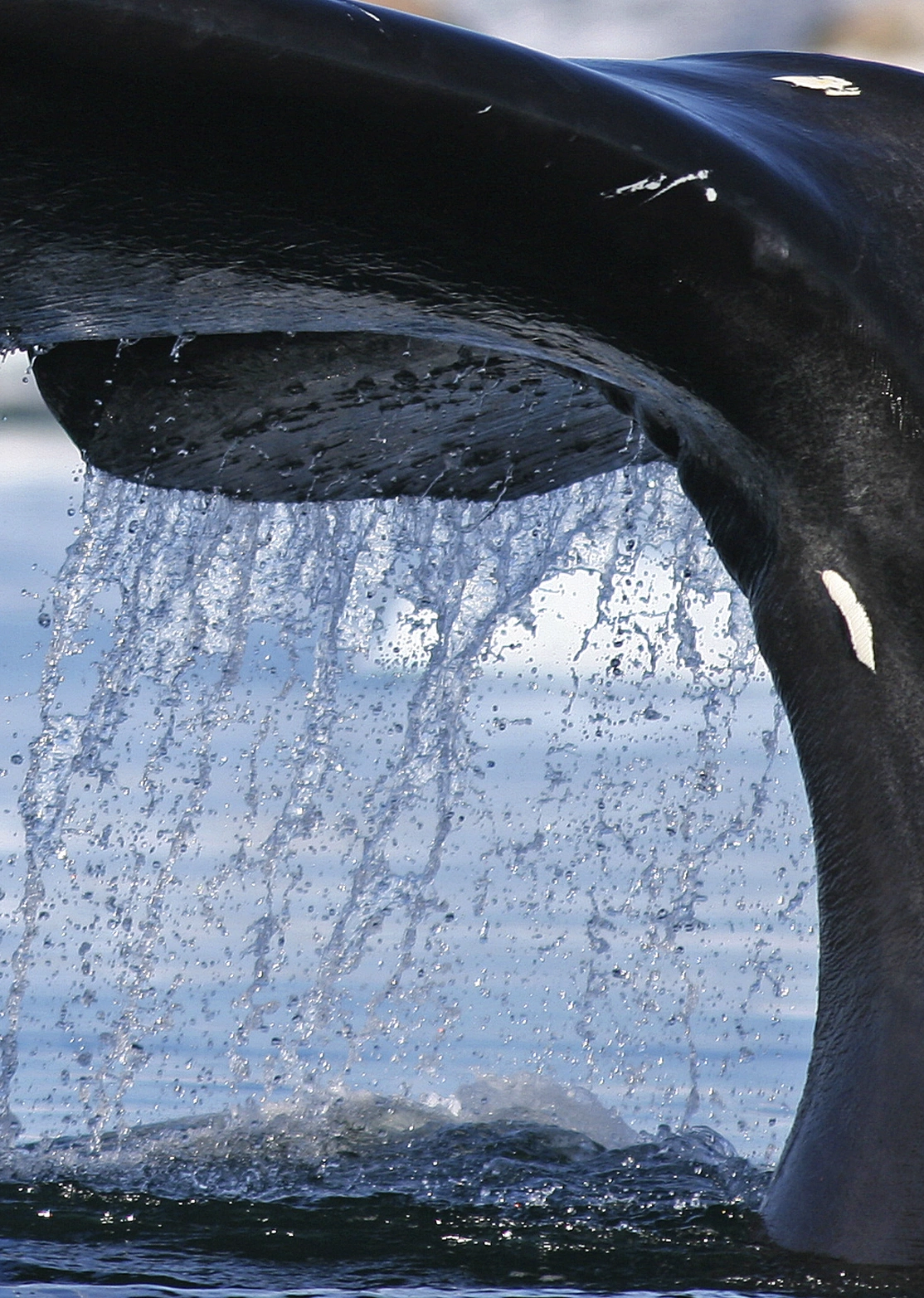

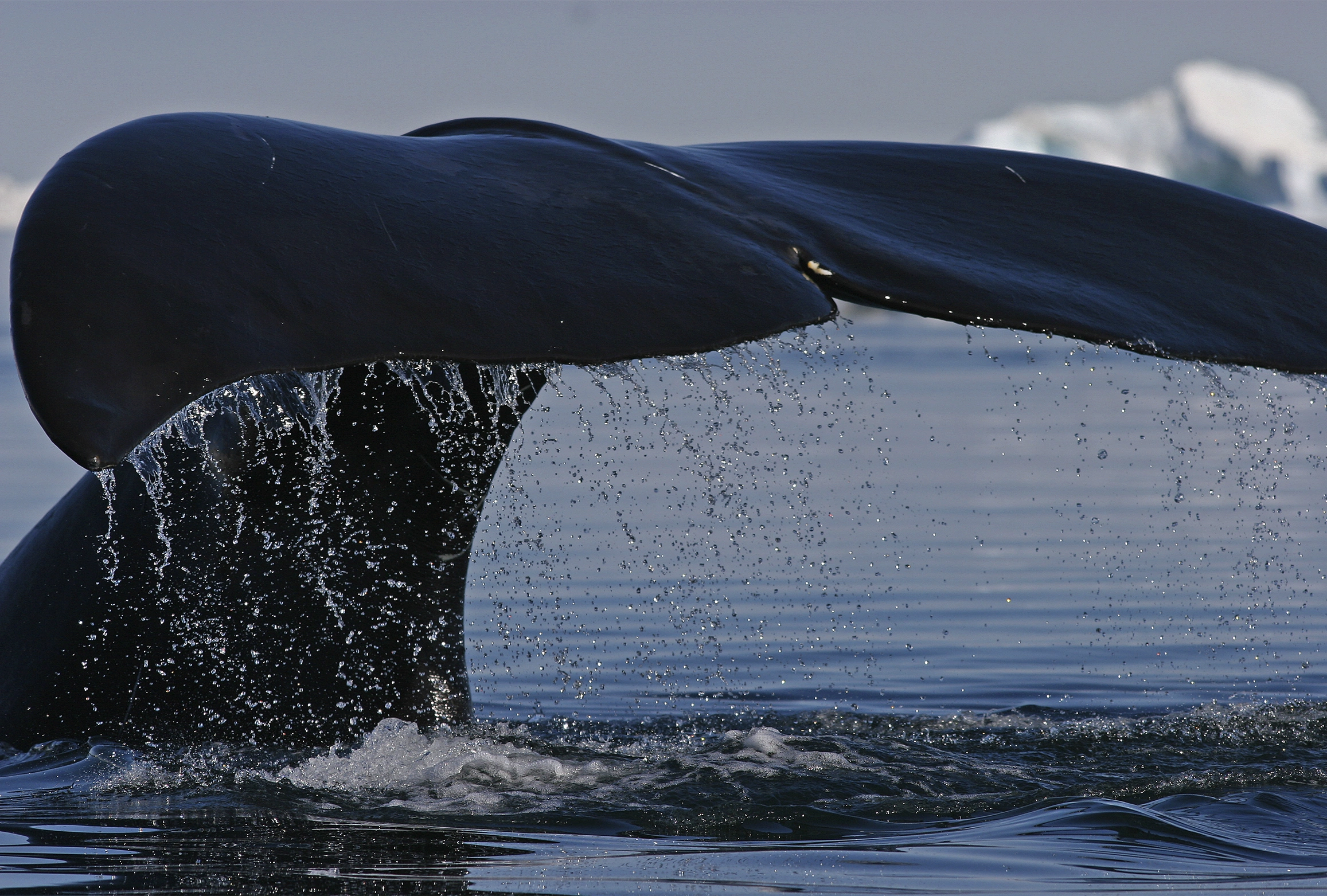
MARINE MAMMALS
OF DISKO BAY
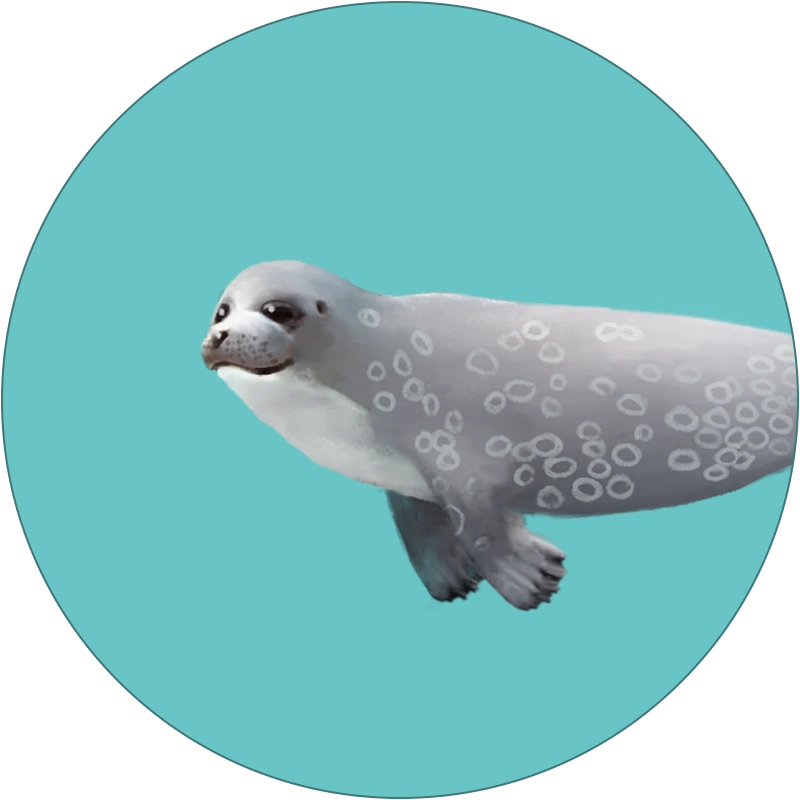
DEC-MAY
RINGED SEAL
Pusa hispida
The ringed seal, a common Arctic species, is particularly notable for its distinctive dark spots surrounded by light rings, giving it its name. These seals are among the smallest and most abundant in the Arctic, adept at creating breathing holes in the ice, a vital skill for survival in their frozen habitat. They primarily feed on a variety of fish and invertebrates. Ringed seals are a key prey species for larger Arctic predators, including polar bears, highlighting their importance in the Arctic food chain. Ringed seals, in addition to their role in the Arctic food web, are remarkable for their ability to thrive in the extreme cold, thanks to their thick, insulated fur and blubber. They are also crucial for the cultural and subsistence practices of indigenous communities in the Arctic region, including around Qeqertarsuaq.
Read More
By William Halliday
The bearded seal, found in the waters around Qeqertarsuaq, is an arctic seal species. Known for its conspicuous whiskers and large size, it is easily recognizable. The bearded seal's vocalizations during the breeding season consisting of fluctuating trills, contribute to the underwater soundscape of Disko Bay in the early spring. In addition to their ecological role, bearded seals are known for their deep dives to forage for food, primarily consisting of benthic prey like clams, squid, and fish. They play a significant role in the cultural life of indigenous communities, providing a source of food and materials.
Read More
By William Halliday
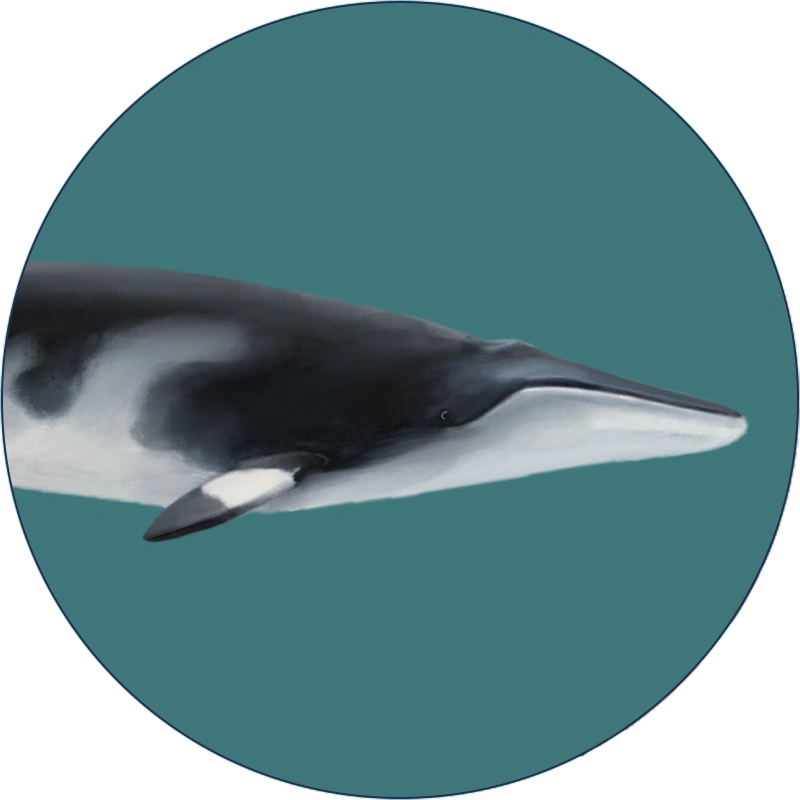
Reaching lengths of up to 10 meters and weights of around 10 metric tons minke whales are the smallest baleen whales. They are also the most abundant of the baleen whales and are found in oceans worldwide. Minke whales have streamlined bodies with distinctive dark coloring on their back and white undersides. They possess a single ridge along their back and a pointed rostrum.
Minke whales primarily feed on small fish, krill, and plankton, using baleen plates to filter prey from the water. They are known for their agile swimming and fast speed. minke whales are sexually dimorphic, with females generally being larger than males. They have a gestation period of about 10 months, after which they give birth to a single calf.
Read More
Megaptera novaeangliae
Humpback whales are renowned for their spectacular behaviors, such as breaching and slapping the water with their fins, creating an awe-inspiring sight for onlookers. These whales are easily identified by their long pectoral fins and unique body markings. Known for their complex and melodious songs, humpback whales use these vocalizations in communication and mating rituals during winter. Less is known about their vocal behaviour during summer when they feed in Greenlandic waters including the Disko Bay. Humpback whales are migratory, traveling vast distances between feeding and breeding grounds.
Read More
By Marianne Rasmussen
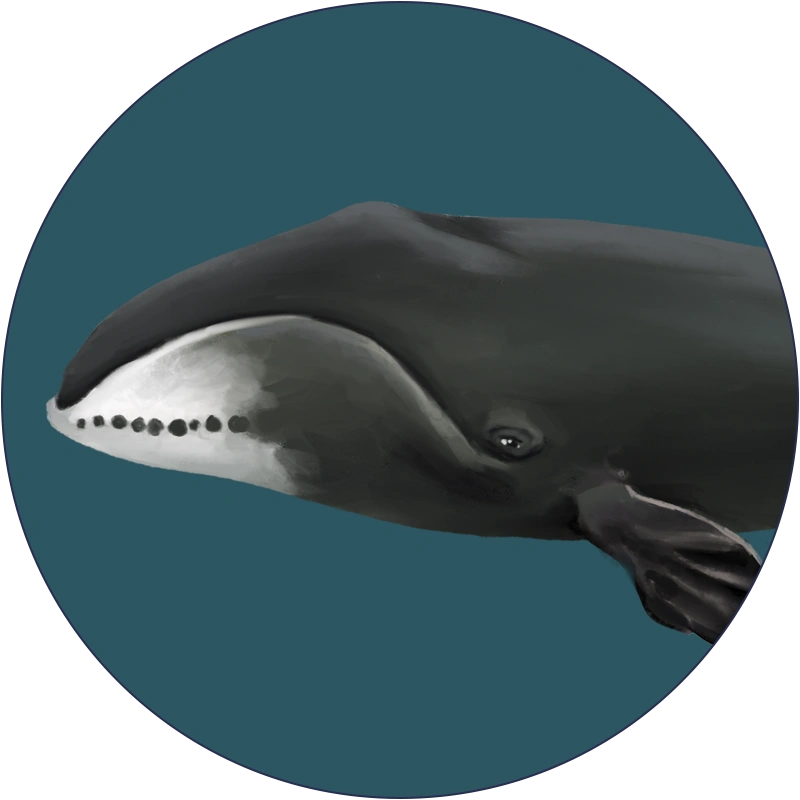
Balaena mysticetus
The Bowhead whale is an iconic species of the Arctic waters. These whales are easily recognizable by their massive heads and mouths, which make up a third of their body length. Adapted to life in icy waters, they are capable of breaking through thick sea ice to breathe. Bowhead whales are baleen whales, feeding primarily on small crustaceans such as copepods. They utilize continuous ram filtering as their feeding technique where they swim forward with their mouths wide open to engulf large volumes of water containing prey. As the water passes through their baleen plates, which act like a sieve, they use their tongue and throat muscles to expel excess water while retaining their prey. This allows bowhead whales to efficiently filter and capture large quantities of food in a single feeding bout. Known for their longevity, some individuals are believed to live over 200 years, making them one of the oldest living mammal species. Bowhead whales produce a variety of calls and similarly to humpback whales, they sing complex songs. These songs change annually as well as seasonally and dominate the acoustic soundscape in Disko Bay from February to late April.
Read More
By Outi Tervo
Balaenoptera physalus
The fin whale is the second-largest species of baleen whale, surpassed only by the blue whale. It is characterized by its streamlined body, long and slender shape, and distinctive asymmetrical coloration on its lower jaw. Fin whales are distributed across all major oceans and are typically found in deep offshore waters, although they may approach coastal areas during migration or feeding periods. They are known for their swift swimming capabilities, reaching speeds of up to 37 kilometers per hour (23 miles per hour). Fin whales use a feeding technique known as lunge feeding to capture small schooling fish, and krill. This involves accelerating towards prey at high speeds, opening their mouths wide to engulf large volumes of water and prey, and then filtering the water through their baleen plates to retain their food. Fin whales exhibit seasonal migrations between high-latitude feeding grounds, such as Disko Bay, and lower-latitude breeding and calving areas.
Read More
By Malene Simon Hegelund
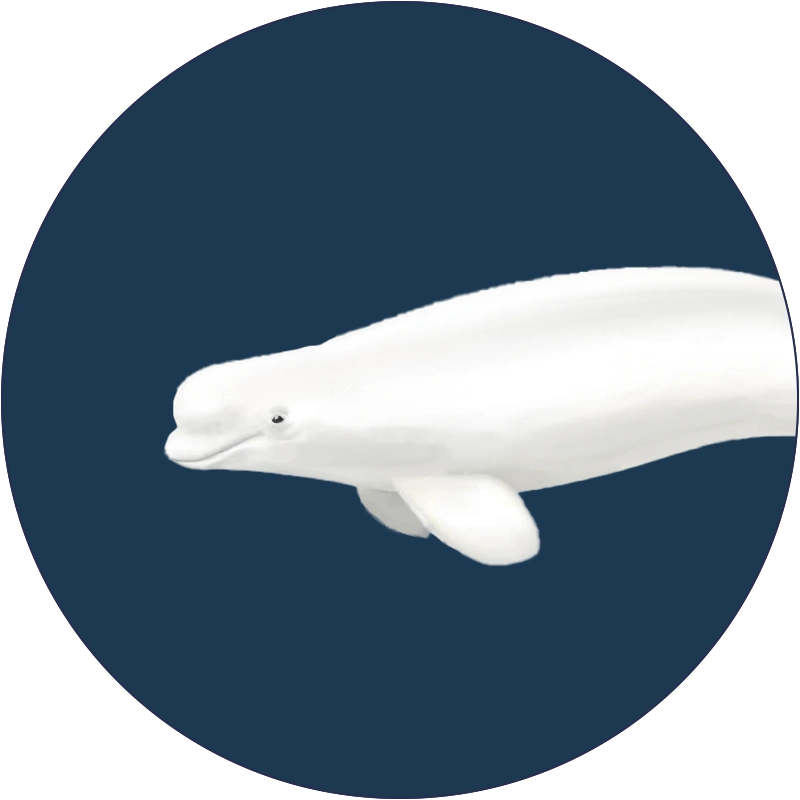
Delphinapterus leucas
Beluga whales are small to medium-sized cetaceans forming the family Monodontidae together with narwhals. They are easily recognizable by their distinctive white coloration and rounded forehead, or "melon," which lacks a prominent beak. Belugas are found in Arctic and sub-Arctic waters, inhabiting coastal areas, estuaries, and deep offshore regions. They are highly social animals, often forming large groups known as pods, which can consist of several individuals, including calves, juveniles, and adults. Beluga whales are known for their large acoustic repertoire consisting of whistles, barks, knocks, and screams. In addition they produce echolocating clicks in search of prey. Beluga whales feed on fish, crustaceans, and cephalopods.
Read More
By Outi Tervo
Monodon monoceros
The narwhal is a deep-diving toothed whale species which closest relative is the beluga whale. Male narwhals kan be distinguished by their long, spiral tusks, which are actually elongated teeth that can grow to be 3 meters long. Narwhals are endemic to the Arctic and distributed from Eastern Canada to Western Siberia. Narwhals migrate between inshore fjord habitats during summer and off-shore pack-ice habitats in the winter. Especially during winter, narwhals have been demonstrated to reach depths of up to 1,500 meters to feed on fish, shrimp, and squid. Narwhals are social and long-lived animals that travel usually in small groups. Their vocalisations include pulsed calls, and whistles.
Read More
By Susanna Blackwell
Explore
Qeqertarsuaq
Step into the captivating world of Qeqertarsuaq, where nature's artistry and cultural richness converge. Discover this unique Greenlandic town's volcanic landscapes, diverse wildlife, and rich history.
Photo by Alex Stead - Visit Greenland
About

DISKO Live! project, captures the Arctic underwater soundscape in Disko Bay, Greenland, providing insights into marine mammal behaviour, ambient noise levels and climate change effects. This collaborative project combines scientific research with public outreach.
Shortcuts



